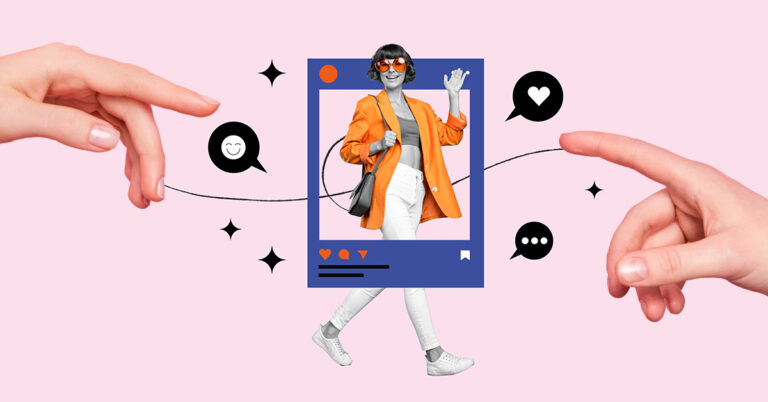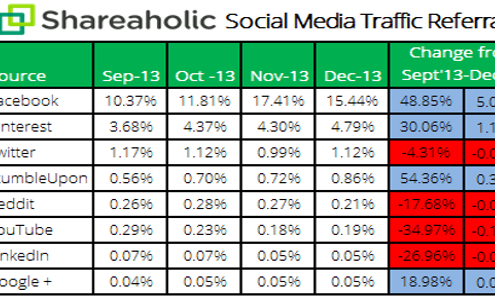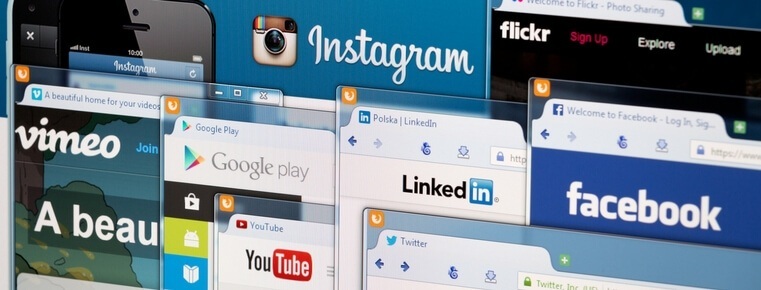Understanding the True Nature of Online Influencers
Don’t make the mistake of relying solely on social scoring services to determine who your brand’s biggest influencers are. “Social celebrities” who have thousands of followers on social networks like Twitter and Facebook may seem like the best people to turn to when you want to influence your customers’ buying decisions, but as Danny Brown, co-author of Influence Marketing: How to Create, Manage and Measure Brand Influencers in Social Media Marketing says: “Popularity is not the same as influence.”
A survey about influence marketing among marketing and PR professionals conducted in February 2013 revealed that 55% of those that used social scoring platforms found them ineffective at identifying influencers.
The problem with social scoring platforms is they often focus on metrics like number of shares and likes. Many people think that these popularity metrics can give them an accurate estimation of a person’s online influence, but Brown says that this approach is too simple. He states that “Someone with 50,000 Twitter followers, lots of retweets and blog mentions but with little to no engagement on that blog is less influential than someone with only 5,000 Twitter followers, fewer retweets and blog mentions but consistent and meaningful debate among a targeted community within his or her blog.”
Chances are only a handful of existing customers are true influencers. The challenge lies in finding out who they are, what they share about your brand, where they share it, and why they share it.
Who Are They?
Social metrics may not be an accurate influencer identifier on their own, but they can help you find the people who actively share your links on their social media accounts. Finding out which customers discuss your brand, products, or services often can help narrow down your search, but you shouldn’t stop there.
What Do They Share?
This is the first step in going beyond crunching social metrics and numbers. Find out what type of content your 1% shares most often. Some may prefer sharing your promotional videos on YouTube, announcing your seasonal sales to their friends, or linking to informational articles or blog posts you wrote. Discovering what your customers share more often can help you realign your content and make it more appealing to them.
Where Do They Share It?
Facebook and Twitter are undoubtedly the most popular social networks, but you will often find your influencers sharing content on other social platforms more actively. A make-up enthusiast, for example, would probably have a blog devoted to product reviews. A PC gamer might share news about the latest gaming console on a message board. Finding these other social sharing channels will require more research and probing than simply looking at your social scores, but this seems a small price to pay if it means finding and reaching out to your best influencers.
Why Do They Share It?
Finding out what motivates your customers to share things about your brand, and encourage them to keep sharing your content actively by providing incentives in line with these motivations. For most people, the goal is simply to be recognized as an authority in their specific niches or social circles. Simple recognition such as retweeting something they posted, blogging about a discussion they started on your Facebook Wall, or replying to a comment they made on your company’s blog can go a long way, but you can also offer incentives in the form of exclusive deals or content.
You don’t have to look very far to find the people who can influence your brand’s popularity and selling power. Thanks to word-of-mouth and social media, your customers have the power to influence almost everything about your brand. Shifting your influence marketing focus back to them instead of social celebrities is important if you want to improve your online exposure while keeping your loyal customers happy.









